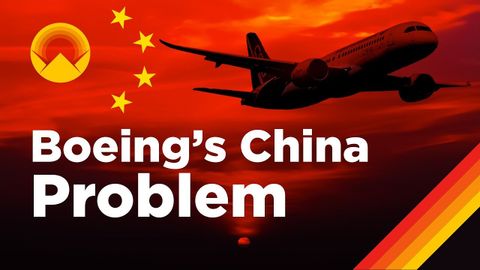Boeing's China Problem
joey joey が 2021 年 06 月 01 日 に投稿  この条件に一致する単語はありません
この条件に一致する単語はありませんUS /ɪˈsenʃəli/
・
UK /ɪˈsenʃəli/
US /sɪɡˈnɪfɪkənt/
・
UK /sɪgˈnɪfɪkənt/
US /ɪˈnɔrməs/
・
UK /iˈnɔ:məs/
US /ˌɑpɚˈtunɪti, -ˈtju-/
・
UK /ˌɒpə'tju:nətɪ/
- n. (c./u.)機会;好機;仕事の機会;ビジネスチャンス
エネルギーを使用
すべての単語を解除
発音・解説・フィルター機能を解除

